
Luxury watches are often shrouded in myth, mystery, and (let’s be honest) a fair bit of marketing smoke and mirrors.
People either put them on a pedestal or dismiss them outright. But the truth? It’s more layered than you think. Let’s talk about it, one mistaken belief at a time.
1. “They’re just overpriced jewelry for the wrist.”

Sure, some models seem priced like astronomy rocks, but not all luxury watches are status symbols wrapped in metal.
The price tag isn’t just about the value of precious materials. It’s about craftsmanship, precision engineering, and time. We’re talking about watchmakers hunched over benches for months (sometimes years) to perfect a single piece.
Yes, it sparkles. But it ticks because it was born out of obsession. And if you’ve ever tried to assemble 200 microscopic parts into something that doesn’t glitch when you sneeze? You’d charge a pretty penny, too.
2. “Quartz is trash. Mechanical is king.”
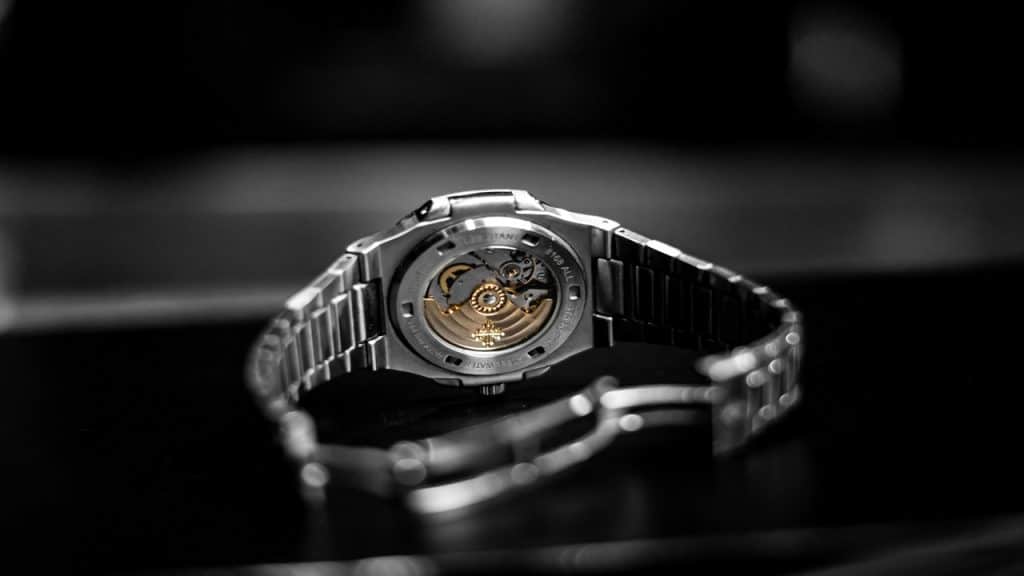
This one’s tricky. Enthusiasts swear by mechanical movements for their artistry, which is fair. The inner gears, the rotor swinging with your wrist, and the idea of no battery.
But quartz? Quartz is accurate. Dead accurate. You won’t need to reset it every couple of weeks. Plus, some high-end brands (hi, Grand Seiko) make luxury quartz that’s arguably more impressive in precision than a $10,000 mechanical.
So it’s not about trash or treasure. Maybe it’s about the use case. Or just how lazy you are with resetting the time.
3. “If it’s not Swiss, it doesn’t count.”
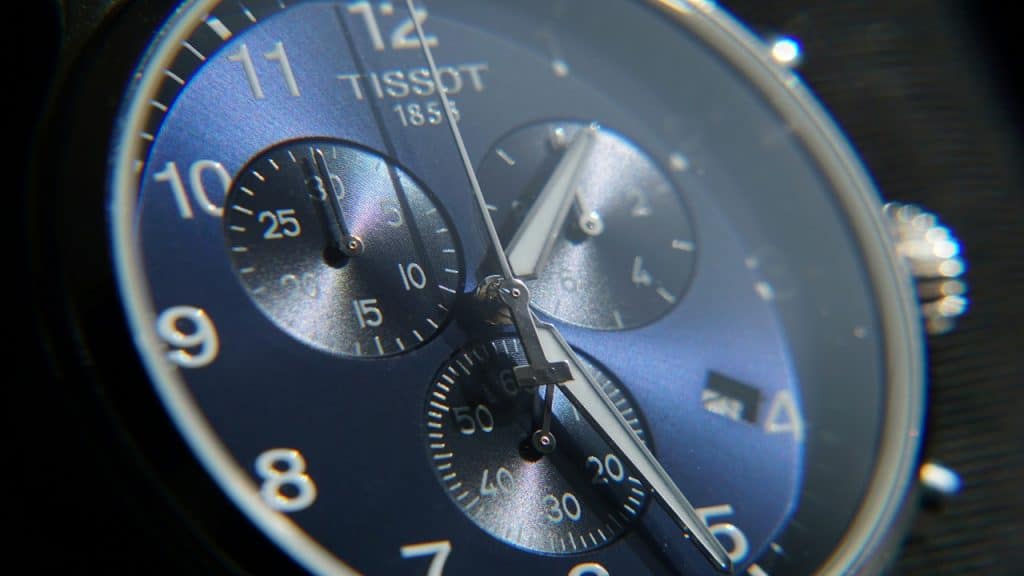
Let’s give credit where it’s due: Switzerland built the reputation. But that doesn’t mean other countries are fumbling around in the dark.
Germany (especially Glashütte) is doing some mind-blowing work. Japan? Don’t sleep on Grand Seiko, Citizen, or Hajime Asaoka’s Kurono watches.
And then there’s the quirky brilliance of independent microbrands popping up in places you’d never expect. Brooklyn, Singapore, heck, even Cairo. The truth is, great watchmaking doesn’t need to come with alpine air.
Collecting Is a Slippery Slope

It always starts with one. Just one. Then suddenly your “one nice watch” turns into three. Then five. Then you’re researching travel watch rolls and watch winders.
Welcome to collecting. It’s expensive, irrational, and weirdly satisfying. But it also teaches patience, attention to detail, and restraint. (Well, sometimes.) Just know that once you go down the rabbit hole, it’s hard to climb back out.
4. “Luxury means new. You wouldn’t buy a used Rolex, would you?”
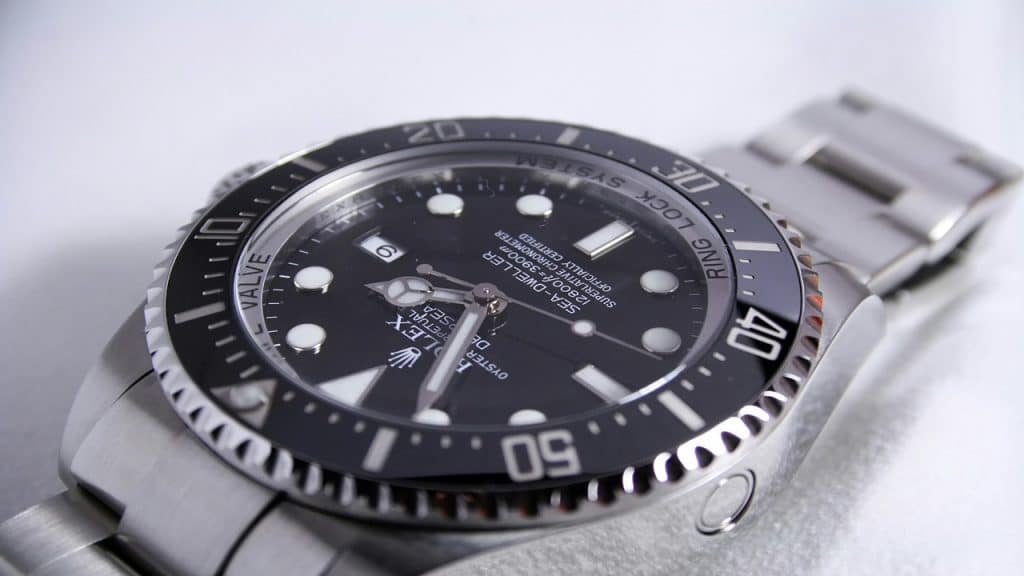
Actually, yes. You absolutely would. Vintage watches have a soul. The scratches, the patina, that slight discoloration on the lume.
It’s the story of a life lived. Collectors sometimes chase down 40-year-old watches that barely work just to restore them. And get this: some pre-owned models hold value better than their brand-new cousins.
So no, buying secondhand isn’t “settling.” Sometimes, it’s knowing exactly what you want and being patient enough to wait for it to show up in the wild.
5. “Water resistance means waterproof, right?”
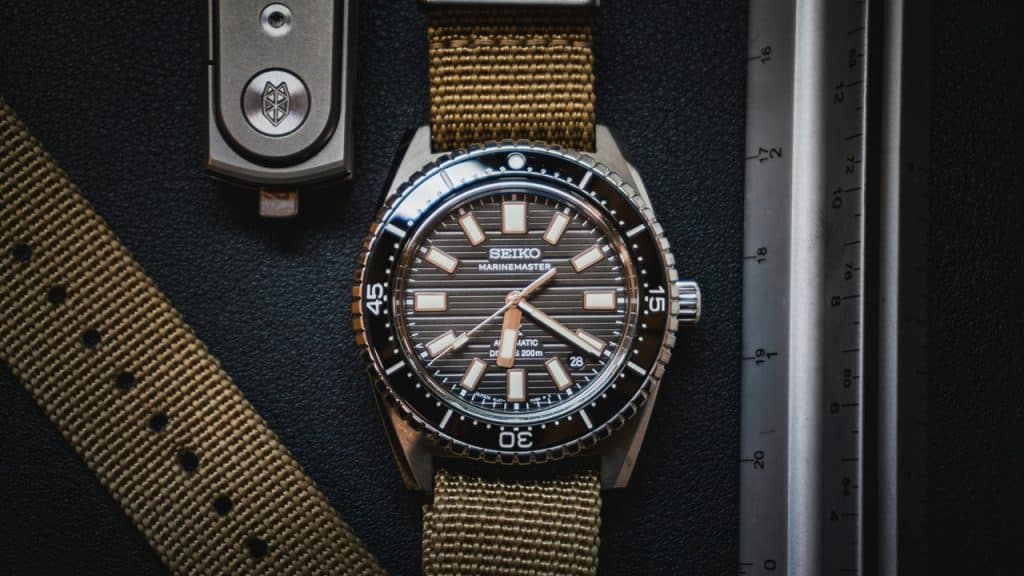
Oh boy. No, it doesn’t. That “50 meters” on the dial? That doesn’t mean you can take it diving. It probably means it’ll survive a splash from the sink or a quick shower, but that’s it.
Want to swim? You’ll need at least 100 meters of rated resistance, and even then, regular gasket maintenance is key. Luxury watch or not, water’s sneaky.
And saltwater? Saltwater’s a menace. Just ask anyone who forgot to rinse their Submariner after a dip in Boracay.
6. “Chronographs are always practical.”

In theory, a chronograph is a stopwatch on your wrist. In practice? Most people never use it. Like ever. It’s not that they don’t want to. It’s just that it’s kind of fiddly.
Those little pushers? Yeah, you’re probably not timing your morning coffee brew or your run to the store. But still, the chronograph looks technical, purposeful, even sporty. So people buy them because they feel cool. Which, honestly, is as good a reason as any. Just don’t expect it to change your life.
7. “You need to match your watch to your outfit.”

This might be controversial, but… no, you don’t. Fashion rules are looser now, and wristwatches have become more personal than ever.
That beat-up field watch on a NATO strap might pair better with a tux than you’d think (if you wear it with confidence).
Even James Bond wore a rugged diver with formalwear. So while coordination helps, it’s not an absolute law. The rule is: if it feels like you, it probably works.
The Strap Game Is Wild
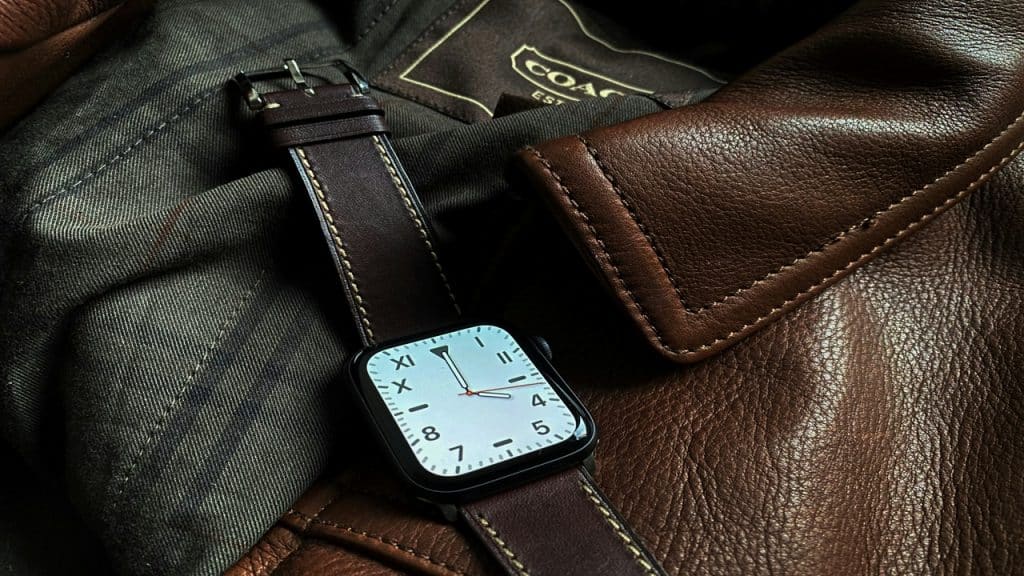
Here’s something no one tells you when you buy your first luxury watch: the strap might just matter as much as the watch itself. One leather strap can make your piece feel like a boardroom essential, while a NATO makes it weekend-ready.
Even a rubber strap, swapped in at the right moment, can turn your formal dress watch into a beach companion. It’s like changing shoes. One small move, big vibe shift.
8. “Automatic watches don’t need maintenance.”
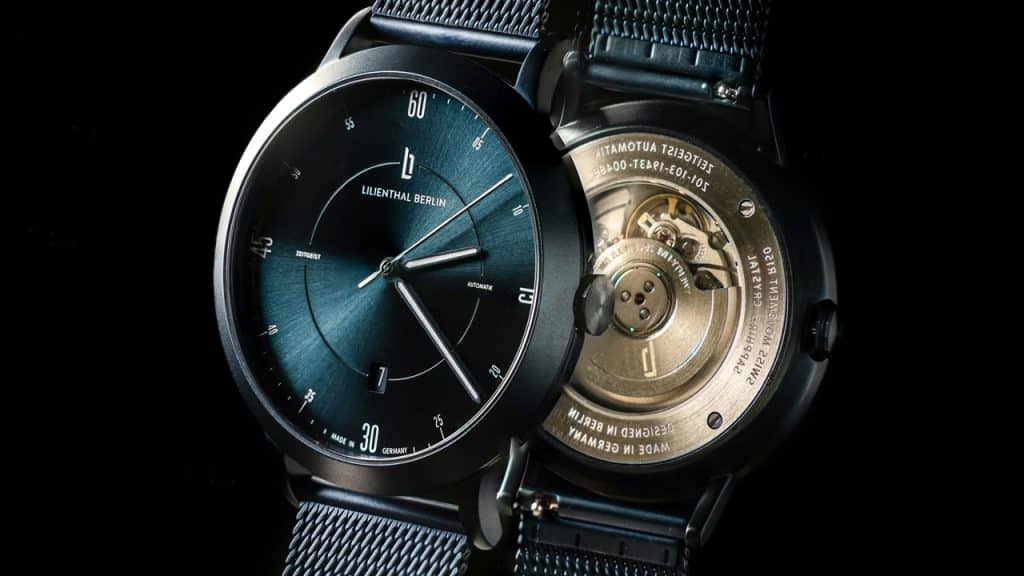
If only. A lot of buyers think “automatic” means eternal. But those little machines still need love. Oils dry out. Parts wear down. And if you’re wearing it daily, you’re putting miles on that movement like a car engine’s odometer.
Most experts recommend a service every five to seven years. Yes, that can be pricey. But skipping it? That’s like never changing your oil. Sooner or later, things grind to a halt.
9. “Luxury watches are always an investment.”
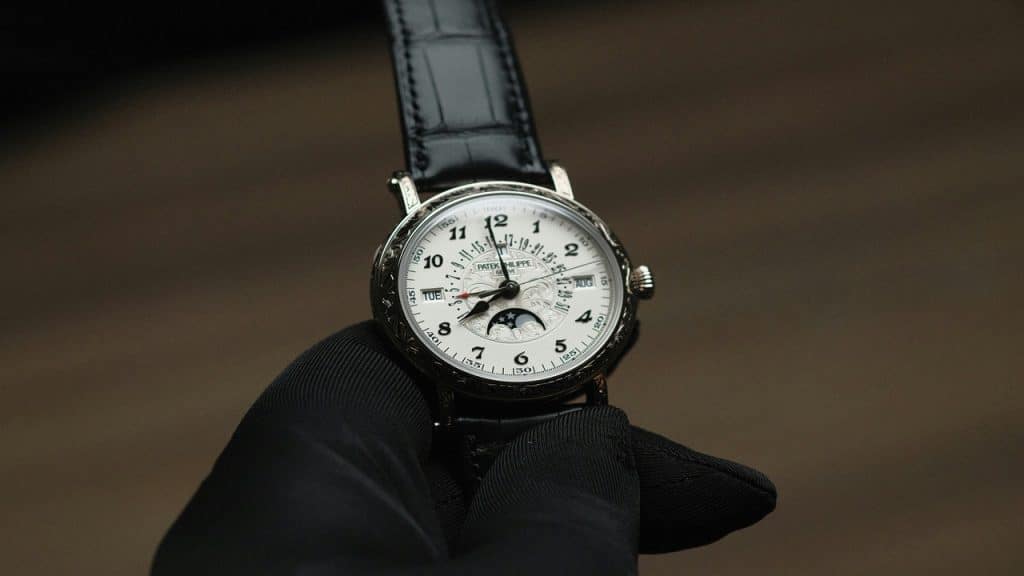
Sometimes they are. But more often? They’re not. Yes, some Rolexes appreciate over time. So do certain Pateks or Audemars. But for every watch that gains value, there are a hundred that quietly depreciate the moment they leave the boutique.
If you’re buying purely to make money, you’re probably better off with real estate or stocks. Watches? They’re emotional buys. Buy what you love, wear it proudly, and if it goes up in value? Well, that’s just gravy.
But Wait, Who’s Actually Buying These Things?
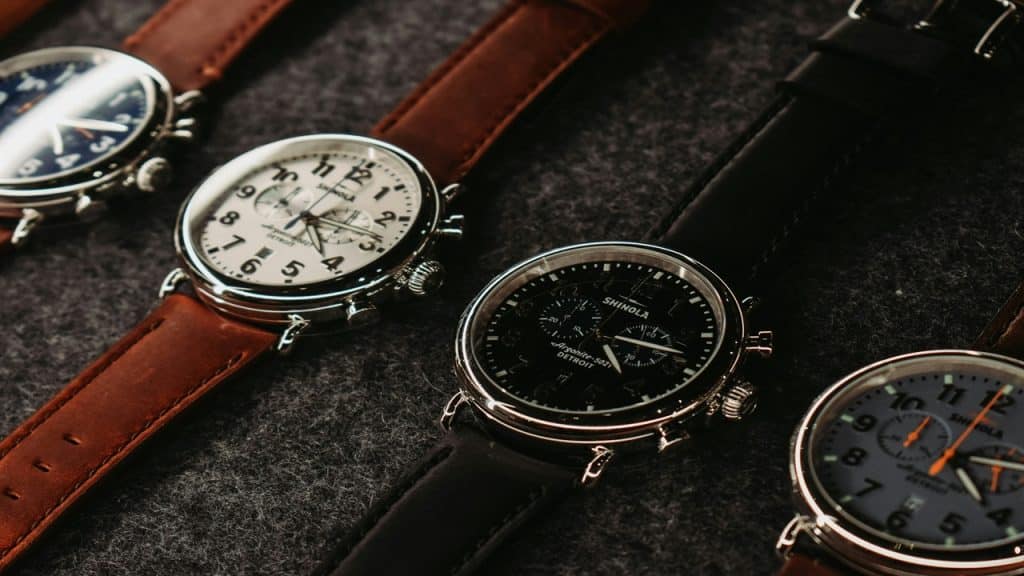
It’s easy to picture luxury watches on the wrists of boardroom execs or yacht dwellers, but the real buyers? They’re more diverse than ever.
Young creatives, baristas saving up for their first “grown-up” timepiece, car mechanics with a thing for chronographs, they’re all part of the tribe. Luxury no longer means unreachable. Sometimes, it’s just meaningful to those who buy it.
10. “Bigger is better.”
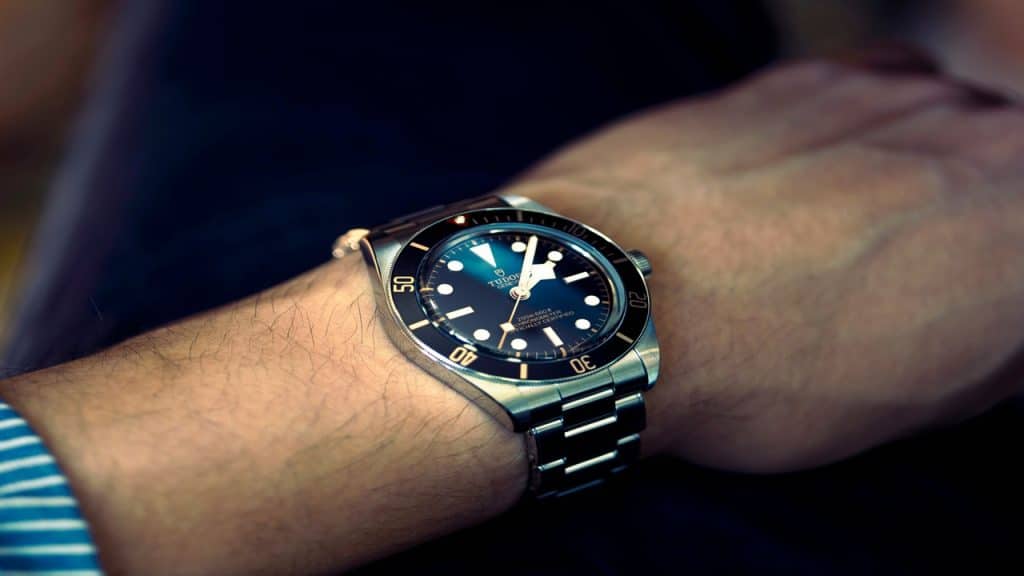
There was a time, like the early 2000s, when everyone seemed obsessed with giant watches. Like, clock-on-a-brick-sized. But now, tastes are shifting. Smaller, classic sizes (36 to 40mm) are having a comeback.
They just wear better, especially for folks with slimmer wrists or a preference for comfort. Remember, a watch should feel like an extension of your style, not a paperweight strapped to your arm.
So, if a smaller size feels right? Go for it. No need to compensate.
11. “Smartwatches killed the luxury market.”
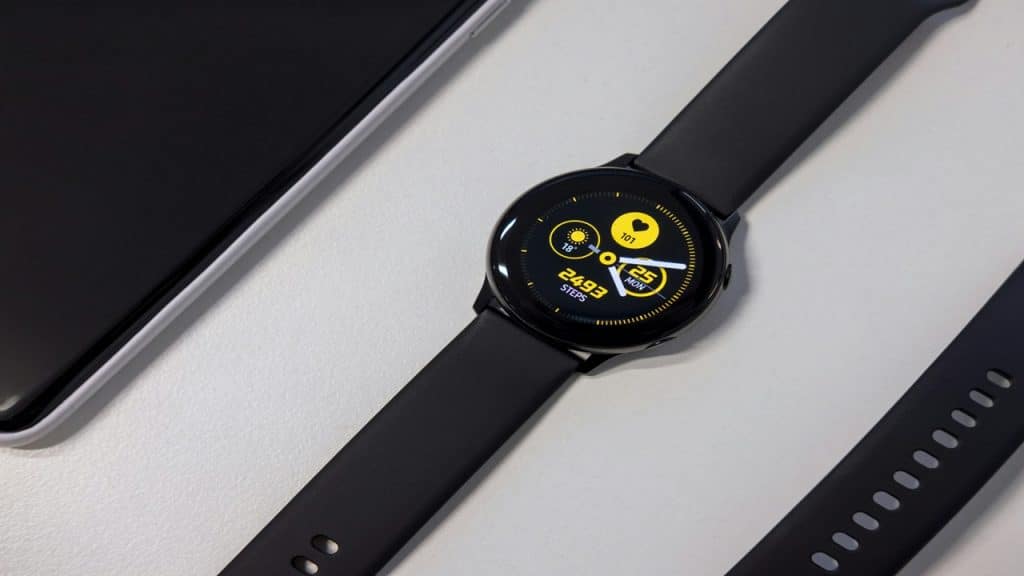
Not even close. They actually created a strange revival. While smartwatches dominate the convenience game (fitness tracking, texts, reminders), they’ve made people aware of their wrists again.
From there, some start craving something different. Something timeless. A mechanical watch isn’t here to compete with an Apple Watch because it’s a different language.
One speaks of tech. The other? Emotion, heritage, storytelling. You don’t wear a Speedmaster to count your steps. You wear it because someone once wore it on the moon.
The YouTube Spiral Is Real
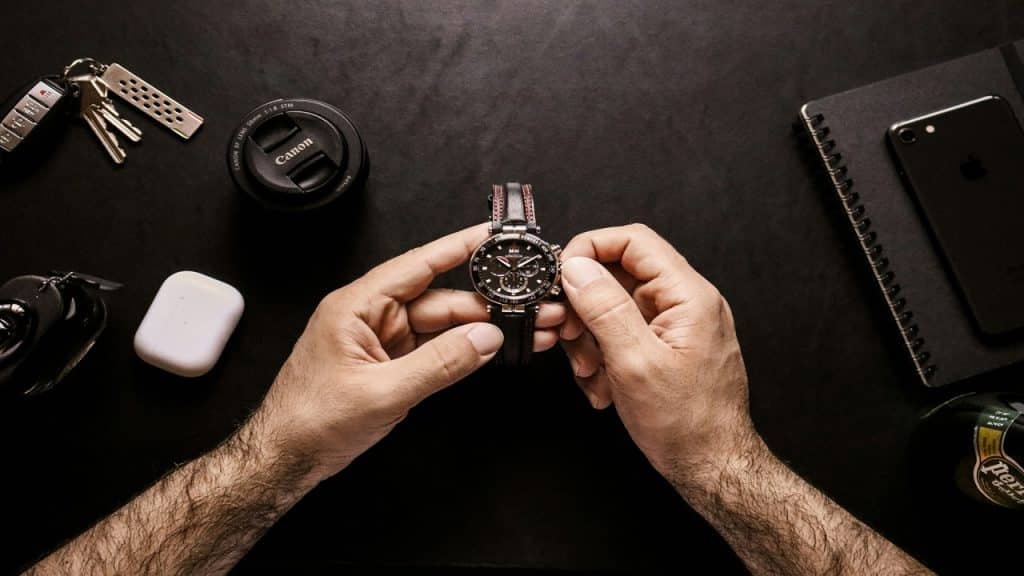
If you’ve ever seen “just one” watch video on YouTube, you know what happens next. Suddenly, you’re 12 videos deep into movement types, case polishing techniques, and obscure brand histories.
Welcome to the rabbit hole. Watch culture can be a vortex, but it’s also a goldmine for learning what you actually like, not just what marketing tells you to like.
Weirdly enough, those 3 a.m. videos often make you smarter than the guy selling watches at the mall.



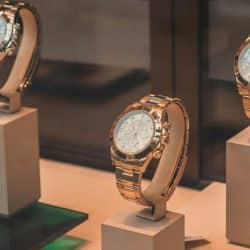


Ask Me Anything